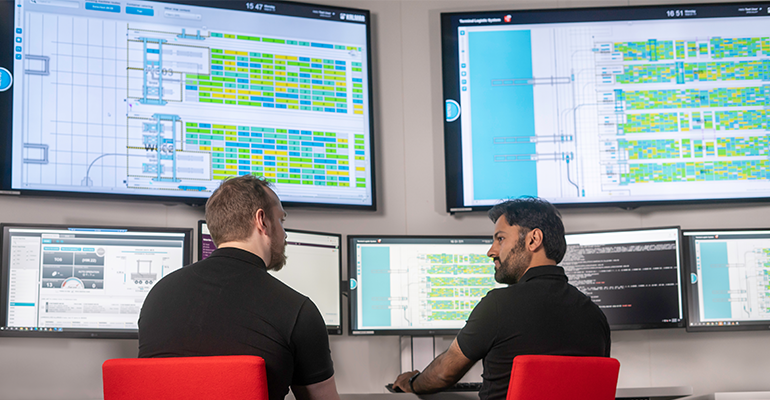According to Tomi Tuulkari, director of product management at Kalmar, terminal automation is “definitely here to stay”, inspired by the proven power of automation in factories and warehouse logistics. However, while early adopters have selected automation, the majority of ports still opt for fully manual equipment.
Real restrictions – terminal dimensions and shape, equipment type, operational model and existing IT systems – are deterring automation, as is the lack of standardisation, which “can scare a number of terminal operators as the introduction of automation is foreseen to be complicated and requiring a high skill set from personnel”, Tuulkari said.
Capt Zakirul Bhuiyan, associate professor, maritime simulation at Warsash Maritime School, Solent University, noted that ports can be slow to embrace change. “While some terminals within ports have successfully engaged with and implemented high levels of automation, most have not, or have only introduced low levels of automation.”
Compared with other high risk critical sectors such as warehousing and mining, uptake of automation within ports has been poor with the exception of terminals specialising in oil and gas, added Nickie Butt, course leader, maritime business and management at Warsash Maritime School, Solent University.
Other terminals that have adopted automation to some level include container and bulk terminals.
Automation take-up
According to Bhuiyan, quoting OECD figures, approximately 4% of all global container terminal capacity handled today is through fully automated or semi-automated systems across 53 terminals. Of these, 32% are in Asia, 28% in Europe, 13% in Oceania and 11% in the US. “Full automation exists within less than 1% of these terminals, the majority just utilising automation within the stacking yards where the largest benefits are gained through better area utilisation as a result of increased accuracy of movements and placement of containers.”
Bulk terminals have embraced automation to allow a single person to operate and control all of the stackers, reclaimers and conveyors within the terminal. China has several fully automated bulk terminals including Luojing Automated Bulk Terminal, Huangye Port Coal Terminal, and Tianjin Port Nanjiang Bulk Cargo Terminal, Bhuiyan noted.
Read the full article here online in the Seatrade Maritime Global Ports Report 2023
Copyright © 2024. All rights reserved. Seatrade, a trading name of Informa Markets (UK) Limited.
Add Seatrade Maritime News to your Google News feed.  |

